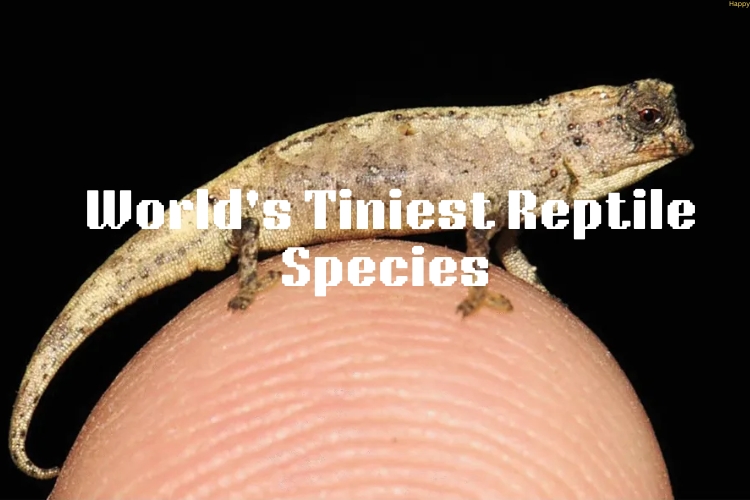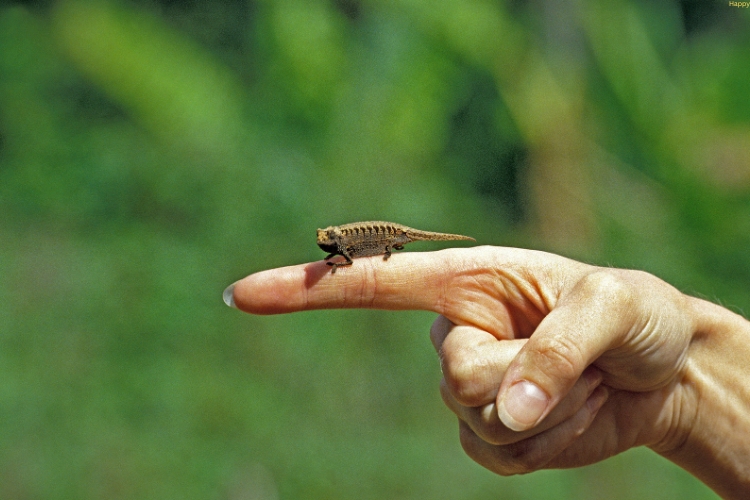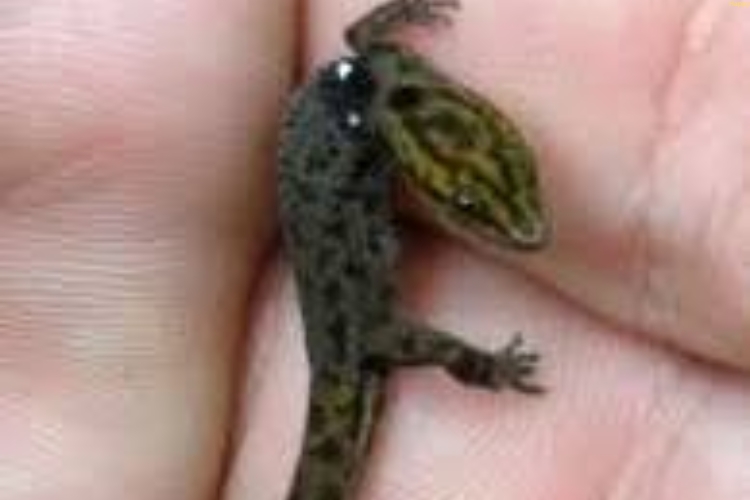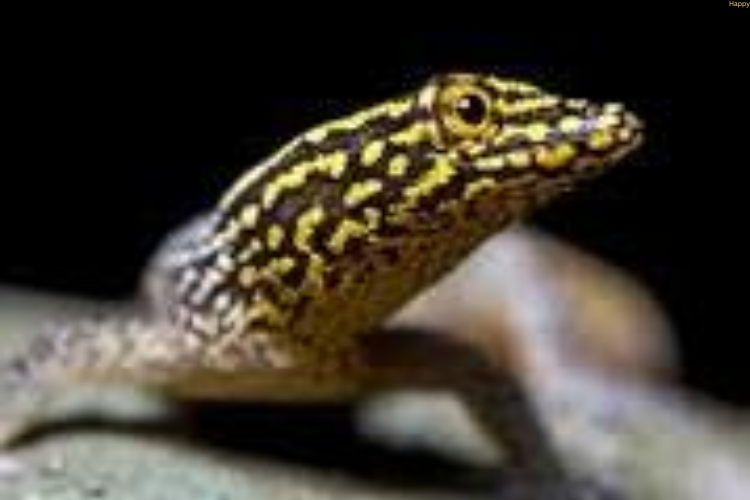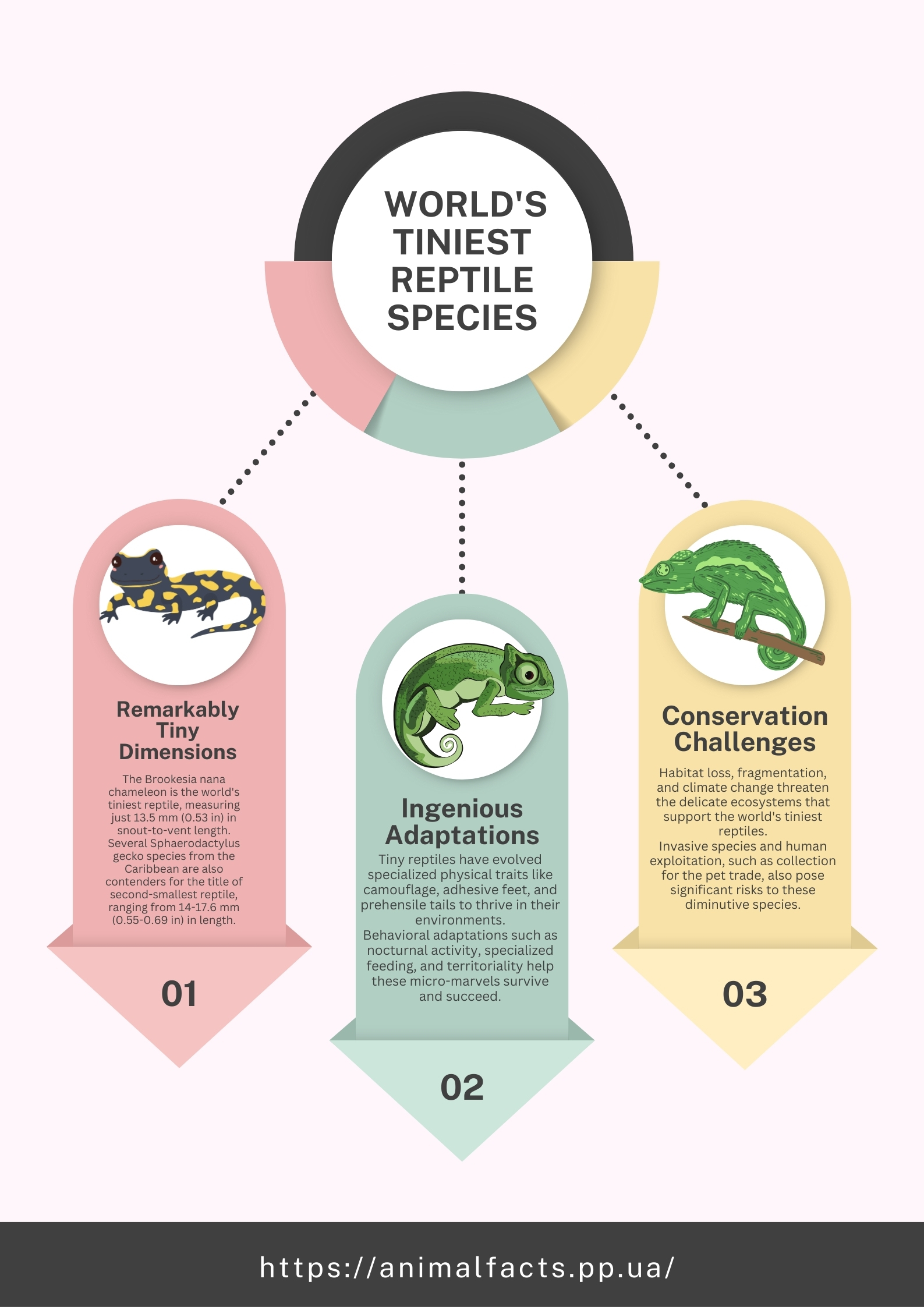In the vast and diverse world of reptiles, there exists a captivating realm of the truly diminutive.
These are the tiniest of the tiny, the micro-marvels that defy our expectations of what a reptile can be.
From the palm-sized gecko to the thumbnail-sized chameleon, the planet is home to a staggering array of reptilian species that push the boundaries of size and scale.
In this blog post, we will explore the world’s tiniest reptile species, delving into their unique characteristics, habitats, and the remarkable adaptations that allow them to thrive in the face of their diminutive stature. Prepare to be amazed as we uncover the hidden wonders of these pint-sized reptilian wonders.
Key Takeaways
| Key Takeaways | Description |
|---|---|
| Smallest Reptile Species | – The world’s tiniest reptile is the Brookesia nana chameleon from Madagascar, measuring just 13.5 mm (0.53 in) in snout-to-vent length.
– Several Sphaerodactylus gecko species from the Caribbean are also contenders for the title of second-smallest reptile. |
| Remarkable Adaptations | – Tiny reptiles have evolved various physical adaptations like camouflage, adhesive feet, and prehensile tails to thrive in their environments.
– Behavioral adaptations include nocturnal activity, specialized feeding, parental care, and territoriality. |
Understanding Reptile Size
Reptiles come in a wide range of sizes, from the colossal saltwater crocodile, which can grow over 20 feet long, to the diminutive species that are the focus of this article.
The factors that determine a reptile’s size are complex, involving a combination of evolutionary pressures, environmental conditions, and resource availability.
Generally, smaller reptile species tend to thrive in areas with limited resources, such as small islands or dense forests, where their small size allows them to more efficiently utilize the available food and shelter.
Conversely, larger reptiles often dominate in environments with abundant resources, where their size confers advantages in competition and predation.
It’s important to note that the concept of “tiny” is relative when it comes to reptiles. What may be considered a diminutive species in one part of the world could be a giant in another.
Therefore, when discussing the world’s tiniest reptiles, we must consider not just their absolute size, but also their size relative to their closest relatives and the environments they inhabit.
The Tiniest Reptile Species
Without further ado, let’s dive into the fascinating world of the 60 smallest reptile species on Earth:
| Rank | Species | Length (Snout-to-Vent) | Habitat |
|---|---|---|---|
| 1. | Brookesia nana | 13.5 mm (0.53 in) | Madagascar |
| 2. | Sphaerodactylus ariasae | 14 mm (0.55 in) | Dominican Republic |
| 3. | Sphaerodactylus parthenopion | 16 mm (0.63 in) | British Virgin Islands |
| 4. | Sphaerodactylus micropithecus | 16.5 mm (0.65 in) | Bahamas |
| 5. | Sphaerodactylus perissodactylus | 17 mm (0.67 in) | Bahamas |
| 6. | Sphaerodactylusລᮺ | 17 mm (0.67 in) | Cayman Islands |
| 7. | Sphaerodactylus ladae | 17.2 mm (0.68 in) | Puerto Rico |
| 8. | Sphaerodactylus quendatus | 17.5 mm (0.69 in) | Jamaica |
| 9. | Sphaerodactylus parvus | 17.5 mm (0.69 in) | Puerto Rico |
| 10. | Sphaerodactylusinae | 17.6 mm (0.69 in) | Cuba |
Brookesia nana: The World’s Tiniest Reptile
At the top of the list is the Brookesia nana, a species of chameleon found in the lush forests of Madagascar.
With a snout-to-vent length of just 13.5 millimeters (0.53 inches), it holds the distinction of being the smallest known reptile species in the world.
These diminutive chameleons are masters of camouflage, blending seamlessly into the foliage of their tropical habitat.
Their tiny size allows them to navigate the intricate plant life with ease, hunting for small insects and arthropods that make up their diet.
Brookesia nana is not just the tiniest reptile, but also one of the smallest known vertebrates on the planet.
Their minuscule stature is the result of millions of years of evolution, shaped by the unique challenges and opportunities of their environment.
Sphaerodactylus Geckos: The Tiny Titans of the Caribbean
Following closely behind the Brookesia nana are a group of equally impressive tiny reptiles – the Sphaerodactylus geckos.
These diminutive lizards hail from the Caribbean region, with several species vying for the title of the world’s second-smallest reptile.
The Sphaerodactylus ariasae, found in the Dominican Republic, measures a mere 14 millimeters (0.55 inches) in snout-to-vent length, making it the second-smallest reptile species.
Other notable Sphaerodactylus contenders include the Sphaerodactylus parthenopion from the British Virgin Islands, the Sphaerodactylus micropithecus and Sphaerodactylus perissodactylus from the Bahamas, and the Sphaerodactylus ladae and Sphaerodactylus parvus from Puerto Rico.
These tiny geckos have adapted to thrive in the diverse habitats of the Caribbean, from tropical forests to coastal regions.
Their small size allows them to exploit narrow crevices and leaf litter, where they hunt for small insects and other invertebrates.
Adaptations for Survival
The world’s tiniest reptile species have developed a remarkable array of adaptations to ensure their survival in the face of their diminutive stature.
These adaptations range from physical traits to behavioral strategies, all of which contribute to the remarkable success of these pint-sized reptilian wonders.
Physical Adaptations
- Camouflage: Many of the smallest reptile species, such as the Brookesia chameleons and Sphaerodactylus geckos, have evolved exquisite camouflage patterns that allow them to blend seamlessly into their environments, effectively hiding from predators and prey alike.
- Adhesive Feet: The tiny geckos in the Sphaerodactylus genus have specialized toe pads that enable them to cling to vertical surfaces and navigate their complex habitats with ease.
- Prehensile Tails: Some of the smallest chameleon species, like the Brookesia, have prehensile tails that they use for balance and support as they move through the intricate plant life of their tropical homes.
- Reduced Size: The diminutive size of these reptiles is, of course, one of their most remarkable adaptations. By evolving to be incredibly small, they are able to take advantage of resources and habitats that larger reptiles cannot access.
Behavioral Adaptations
- Nocturnal Activity: Many of the world’s tiniest reptiles, such as the Sphaerodactylus geckos, are primarily nocturnal, allowing them to avoid detection by predators and forage for food under the cover of darkness.
- Specialized Feeding: These tiny reptiles have adapted to hunt and feed on correspondingly small prey, such as tiny insects, spiders, and other invertebrates that are proportionate to their diminutive size.
- Parental Care: Some of the smallest reptile species, like the Brookesia chameleons, exhibit parental care, with the female protecting and caring for her offspring during the critical early stages of their development.
- Territoriality: Many of the world’s tiniest reptiles, such as the Sphaerodactylus geckos, are highly territorial, defending their small home ranges from conspecifics and other potential competitors.
Conservation Challenges
Despite their remarkable adaptations and resilience, the world’s tiniest reptile species face a range of conservation challenges that threaten their long-term survival.
Habitat Loss and Fragmentation
Many of the smallest reptile species are found in highly localized, often fragile habitats, such as tropical forests and small islands.
As these habitats are increasingly impacted by human activities like deforestation, urbanization, and agricultural expansion, the tiny reptiles that call these places home are experiencing significant declines in their populations.
Climate Change
The delicate balance of the ecosystems that support the world’s tiniest reptiles is increasingly being disrupted by the effects of climate change.
Rising temperatures, shifting rainfall patterns, and other environmental changes can have devastating impacts on the availability of food, water, and suitable habitat for these diminutive species.
Invasive Species
The introduction of non-native predators and competitors, such as larger lizards, snakes, and mammals, can pose a serious threat to the survival of the world’s tiniest reptiles.
These invasive species can outcompete the native species for resources and prey upon them, leading to local extinctions.
Human Exploitation
In some regions, the collection of the world’s tiniest reptiles for the pet trade or traditional medicine can contribute to their decline.
Unregulated and unsustainable harvesting can quickly deplete already fragile populations.
Conservation Efforts
Recognizing the unique challenges faced by the world’s tiniest reptile species, various conservation organizations and scientific researchers are working tirelessly to protect these remarkable creatures.
In-Situ Conservation
Many conservation efforts focus on protecting the native habitats of the smallest reptile species, through the establishment of protected areas, the implementation of sustainable land-use practices, and the restoration of degraded ecosystems.
Ex-Situ Conservation
In cases where in-situ conservation is not feasible, ex-situ conservation measures, such as captive breeding and reintroduction programs, are being employed to help maintain and bolster the populations of the world’s tiniest reptiles.
Awareness and Education
Educating the public about the importance and plight of the world’s tiniest reptiles is crucial for garnering support for conservation efforts.
Outreach programs, educational initiatives, and public awareness campaigns are helping to raise the profile of these diminutive species and inspire action to protect them.
Conclusion
The world’s tiniest reptile species are a testament to the incredible diversity and adaptability of life on our planet.
From the diminutive Brookesia nana chameleon to the diminutive Sphaerodactylus geckos, these pint-sized reptilian wonders have captivated the imaginations of scientists and nature enthusiasts alike.
As we continue to explore and understand the unique challenges faced by these smallest of reptiles, it is our responsibility to ensure their long-term survival.
Through a combination of habitat conservation, scientific research, and public education, we can work to protect these remarkable creatures and preserve the remarkable diversity of life on Earth.
So, the next time you encounter a tiny lizard or chameleon, take a moment to appreciate the incredible adaptations and evolutionary histories that have shaped these micro-marvels.
For in the smallest of packages, we find some of the most awe-inspiring and resilient life forms on our planet.

